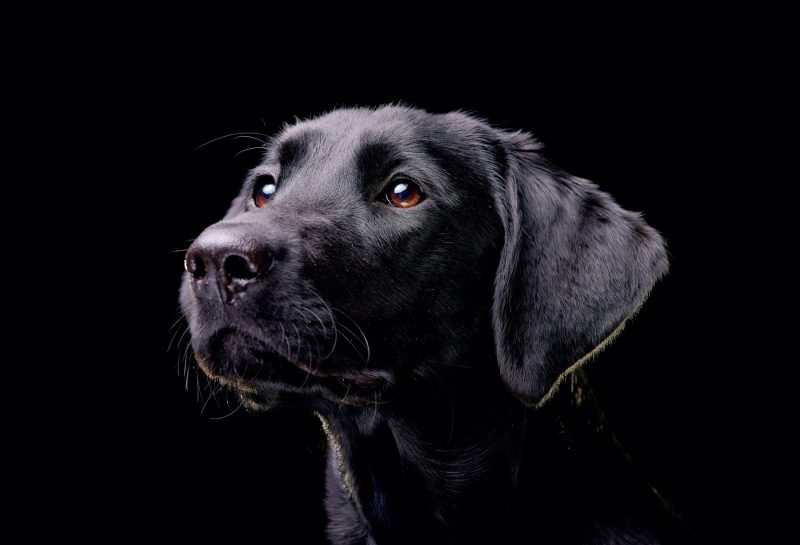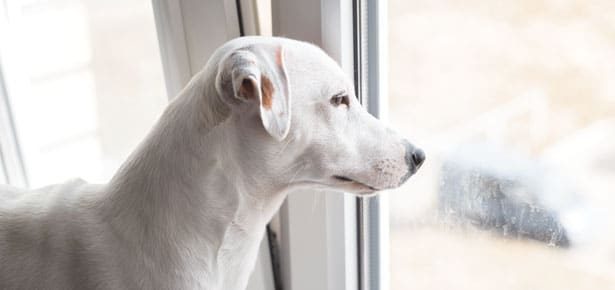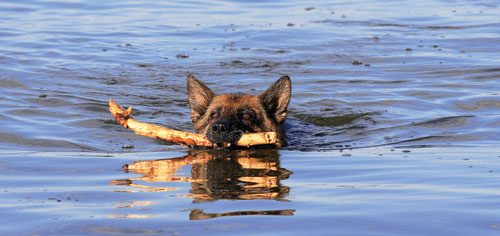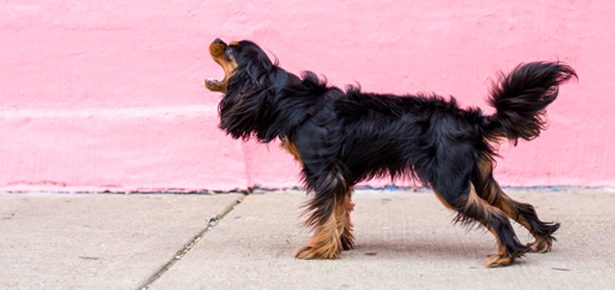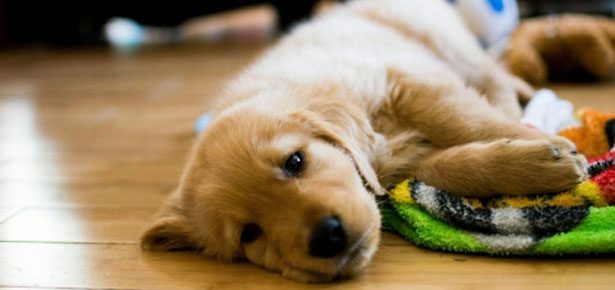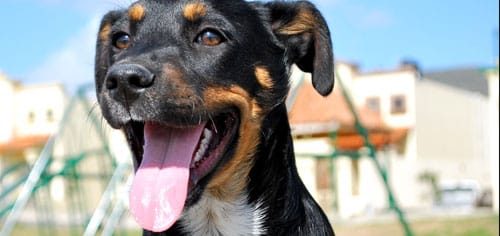
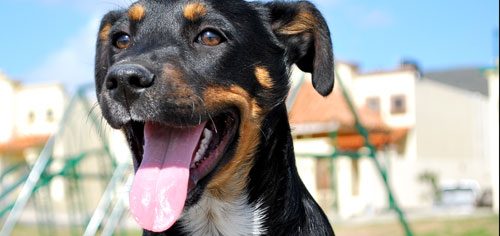
Ask an Expert – No Recall Skills
"I’ve rescued a dog that has no recall skills"
Ask Ian Dunbar
Q: I’ve rescued a dog that has no recall skills. I’ve tried bringing tasty treats to the park to lure her into coming when she’s called, but the minute she’s out in the great outdoors, she’s oblivious to food rewards and just sniffs around totally heedless to my commands. Any suggestions? —Ignored in Ithaca
A:Far too many owners effectively teach their dogs NOT to come when called in just a couple of outings to the dog park. The typical owner—let’s call him Joe—lets King off leash at the park to sniff and play. Then Joe proceeds to ignore King rather than being a part of King’s good times and integrating many short training interludes into the play. Thus, King learns that play and training are mutually exclusive. Play is fun and training is not. But it gets worse.
When Joe eventually calls King, he puts him on leash (ending the good times) and goes home. And so King learns that following Joe’s instructions causes play to end. But then it gets even worse.
Next time, King is understandably reticent to come when called. Joe gets increasingly frustrated and begins to shout and then scream, “King, Kiiiiiiinnng, KING, COME HERE you miserable cur!!!” And of course, King reflects, “I don’t think so. You’re shouting and so I know you’re not in a good mood and so it would be really silly for me to approach you right now.”
Trying to lure a dog to come when called in a distracting dog park setting just isn’t going to work. Luring dogs to come when called will only work for a few dozen repetitions and only in nondistracting settings. You need to use the lure to teach the dog to come and sit when called in small, contained areas and then to gradually and progressively increase the size of the practice area and the level of distractions.
First, practice in your bathroom, then kitchen, then the whole house, then your yard, then a friend’s yard, then another friend’s yard but with another dog present, then another friend’s yard with two other dogs present, and so on. Make sure that you phase out the use of food as a lure after 6 to 12 repetitions in each area. Then phase out the use of food as a reward. Check out the text and videos at dogstardaily.com/training/quantum-leaps.
The only way to teach your dog a reliable recall in heavy distractions is to use the distractions as a reward for coming when called. Integrate the dog’s lengthy good times (walking, sniffing, and playing) with numerous, very short training interludes. You may need to go back to less distracting settings, so that the dog gets the idea. Every two to three minutes, ask your dog to come and sit, when she does, say, “Good Dog!” grab her collar and then immediately say, “Go play” and let her resume her activities. After just a half a dozen trials, she will learn that coming when called does not mean the end of her play session (a HUGE punishment for coming) but instead signals the time for a short time-out for praise and refreshment, after which she may resume playing once more. The beauty of this exercise is that you make yourself a part of your dog’s activities, so that now she does not have to choose between fun times playing with other dogs and boring times listening to you. And, the more you interrupt the play session, the more times you may reinforce her recall and sit by letting her go play again.
Join the newsletter and never miss out on dog content again!
"*" indicates required fields
By clicking the arrow, you agree to our web Terms of Use and Privacy & Cookie Policy. Easy unsubscribe links are provided in every email.
